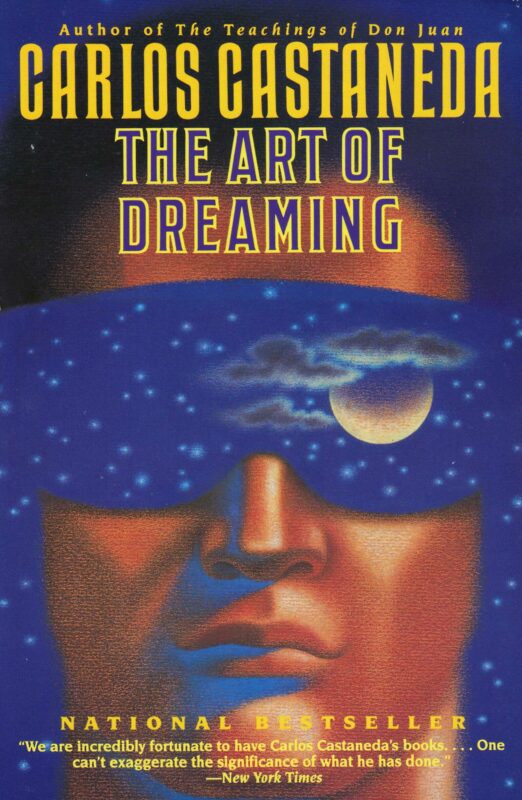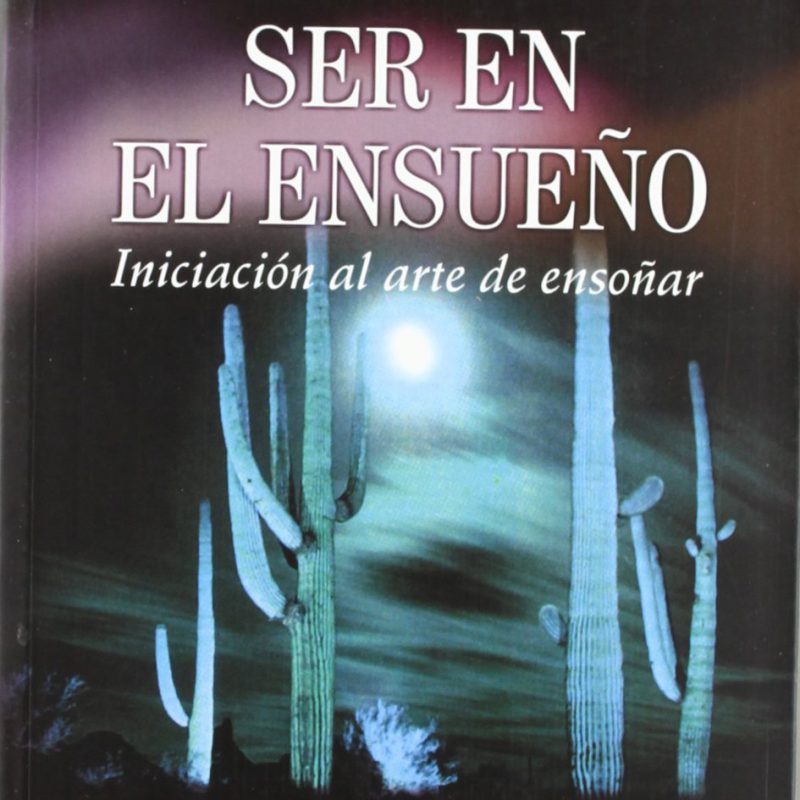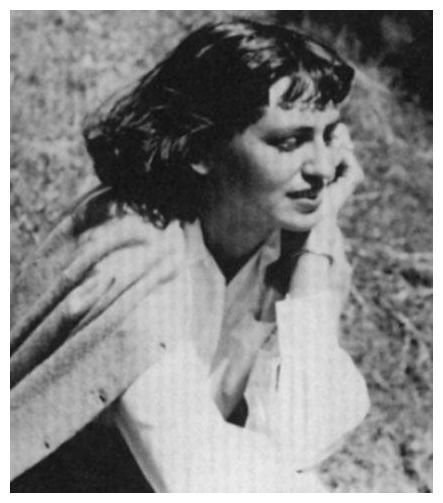The Tenant – The Art of Dreaming
In this chapter, don Juan Matus informs Carlos Castaneda that his formal instruction in dreaming is over, but he must outline the fourth gate of dreaming. He takes Castaneda to a town in southern Mexico for a final lesson, which is to be delivered by a mysterious visitor. This visitor is revealed to be the “tenant,” an ancient sorcerer also known as the death defier. Castaneda is overcome with panic and revulsion when he discovers the tenant, who he had previously met as a man, is now a woman. Don Juan explains that for such a powerful sorcerer, gender is a matter of choice, achieved by shifting the assemblage point. Castaneda must now face the tenant alone to make a decision about accepting or rejecting the tenant’s “gifts of power,” a choice that every nagual in their lineage has had to make.




